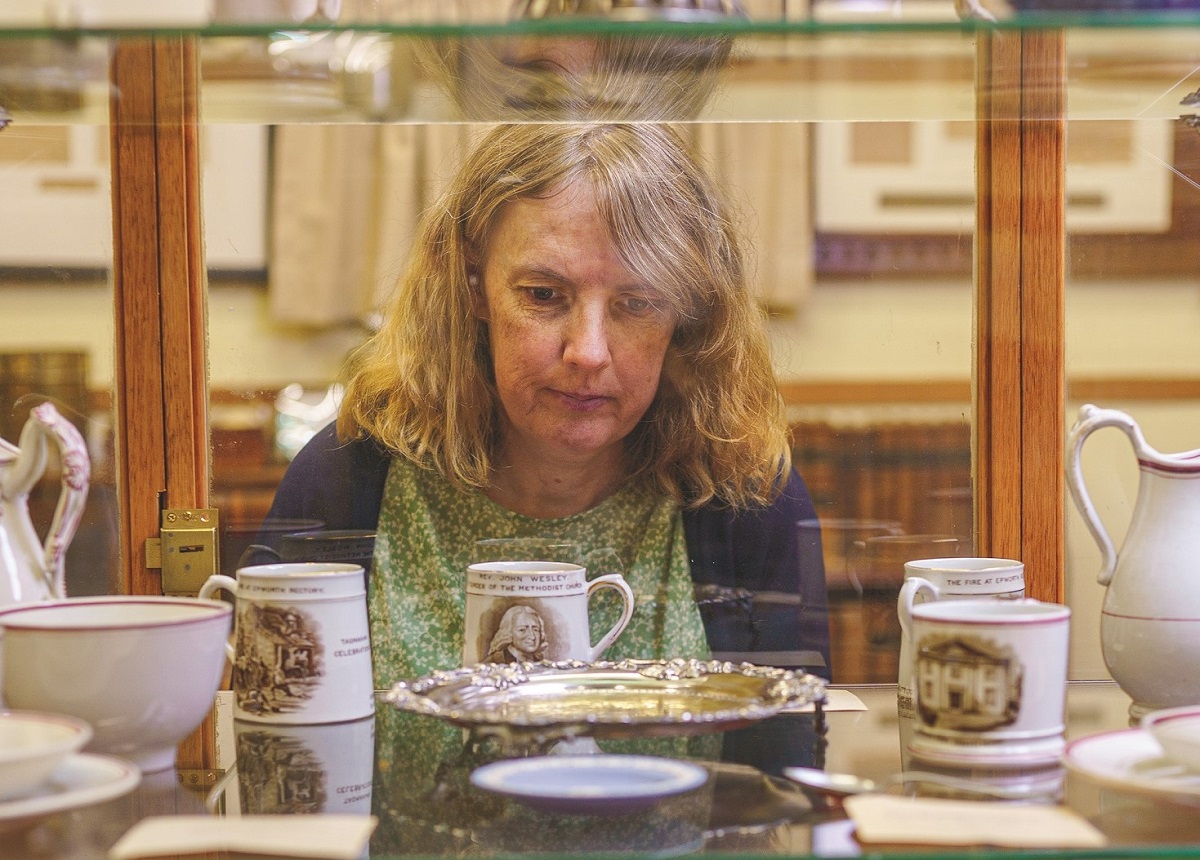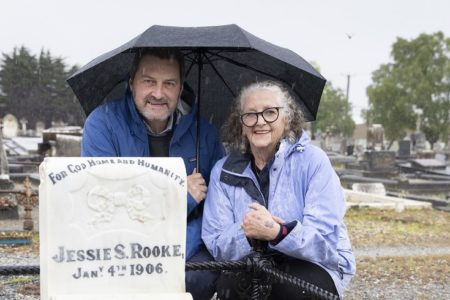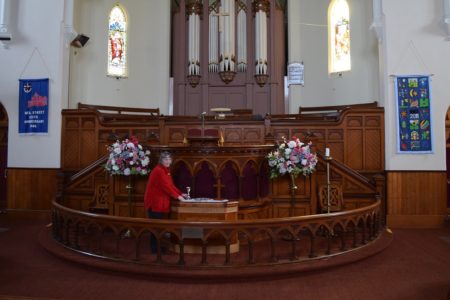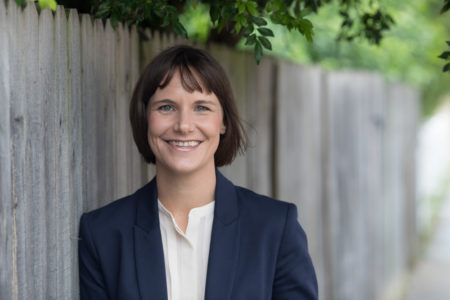By Andrew Humphries
When Wesley Hobart Museum co-ordinator Rev Karen Woolford wanders through the building, she is acutely aware that she is within touching distance of so much Tasmanian history.
It’s a history which dates back to 1658 and, as the keeper of the secrets of the museum and small library which forms part of it, Karen recognises that her job is a pretty special one.
After all, the museum and library have a fascinating story to tell about Hobart, and indeed, the whole of Tasmania.
“The museum itself is nearly 100 years old and was started by the trustees of the Wesley Methodist Church as a way of preserving the artefacts that were brought out from England, and gathered during colonial times in Tasmania,” Karen says.
“Lady Alice Jones, the husband of IXL jam founder Sir Henry Jones, paid for a building to be attached to Wesley Church as a museum, and the Haywood family, famous for their biscuits, provided the furnishings.”
As a child, Sir Henry had been heavily influenced by his mother’s devout Wesleyan faith.
The museum and library feature artefacts and books hundreds of years old, with the oldest item a book which dates from 1658.
“Those people of Wesleyan faith who came out to Tasmania brought with them important books and other items of English Methodism,” Karen says.
“Because Hobart town was settled after Sydney, it became a sailing route to New Zealand and the South Pacific, so we also have items from that region, particularly Tonga and Fiji.
“It’s certainly a museum and library with a rich and varied history.”
And when Karen has time to wander through the building, it’s that book from 1658 which invariably grabs her attention.
“It’s called ‘The revelation of Jesus Christ unto John Moone in the fourth moneth, in the year 1658’, and John Moone was a Quaker who was quite prolific in his utterances,” she says.
“There are only 16 copies of the book registered throughout the world and it’s beautifully written.
“When you flick through it you find a number of pencil markings which suggest it was used as research for sermons by various Ministers.
“It gives you a wonderful insight into what was happening in those times.”
And while every museum contains artefacts with their own story to tell, it’s the Wesley Hobart’s “lost and found” section that Karen loves to explore the most.
The fact the museum is connected to the Wesley Church means there is a treasure trove of items which have been either lost or donated by worshippers over the years, providing a wonderful snapshot of the people who have gathered there in faith over many generations.

Karen looks over a small collection of items in the vast collection at Wesley Hobart Museum.
“In every church people leave behind personal Bibles and hymn books, with their names written in them, so we have hundreds of Bibles, hymn books and music here,” Karen says.
“We’ve only kept things with people’s signatures in them, even little things like original pocket hymn books which people might have kept in their breast pocket, or finger Bibles.
“So we’ve got the largest collection of Bibles in Tasmania.”
If the museum’s walls could talk, they would also tell us of the rich history of what is generally considered to be Australia’s first public lending library.
An ‘Australian Library Journal’ article written by Patricia Durrant in 1971 tells us that the library was founded on September 19, 1825 in “the excellent vestry belonging to the new chapel”.
It was founded by Rev Benjamin and Deborah Carvosso, with Benjamin donating 50 of his own books towards it.
Reports from the time suggest that Benjamin was forced at times to defend the general nature of the books selected.
“Man must be surveyed comprehensively, and the whole of his existence must be taken into account,” he is reported as saying.
“And further, science will be regarded, but it will be regarded only as the handmaid of religion.”
So preference was given to religious and moral books, with a quarterly meeting to decide on the proper titles to be admitted.
But by November 1844 there were four other public libraries in Hobart, meaning the Wesley Library received less support, with only 81 books issued for borrowing in the previous year.
The last entry in the minutes of the library committee on August 25, 1845 was to “remove books to the small vestry”.
While the bulk of the library’s collection is from the 19th Century, it contains John Moone’s 1658 book, as well as a collection of editions of ‘The Methodist Magazine’ dating from 1784.
Karen says at the last count there were 741 books in the library and, while they can no longer be borrowed, they are often used as reference material and for research purposes.
“The library itself hasn’t been used since around the late 1800s, but all of the books were stored in the vestry and are still used at times,” she says.
“People do come in quite often and use them for research and I get calls from around the world from people wanting material in them.
“We see ourselves very much as a place of research.”
Even today, the museum remains an important part of the life of Tasmania and Karen is regularly contacted by people wanting to make use of it.
She was recently approached by descendants of a family with links to the World Heritage-listed Cascades Female Factory for convict women in Hobart, with a museum event organised to mark the family’s 200th anniversary reunion.
“The museum is seen by so many people as such an important of Tasmanian history,” Karen says.
“It does feel like we are telling an important story and bringing people to life.”
It’s not hard to understand why Karen feels immensely fortunate and privileged to have oversight of the museum and library.
“It’s wonderful to be able to trace our history, and church’s history, through all of this,” she says.
“I do feel quite blessed to think we are custodians of something that will outlast us all.”




